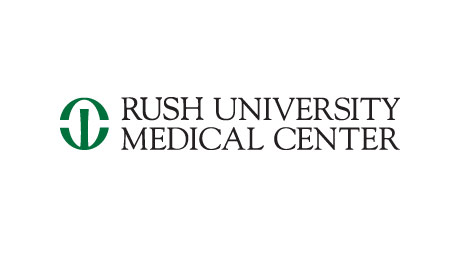Neurostimulation for the Relief of Acute Bronchoconstriction
| Status: | Completed |
|---|---|
| Conditions: | Asthma, Asthma |
| Therapuetic Areas: | Pulmonary / Respiratory Diseases |
| Healthy: | No |
| Age Range: | 18 - 65 |
| Updated: | 5/17/2018 |
| Start Date: | September 2008 |
| End Date: | October 2010 |
The goal of this study is to validate design for the Resolve™ Stimulator and Proximity
Electrode and the associated procedure to quickly and safely place an electrode into the
neck, in the vicinity of the vagus nerve by a physician in either the Emergency Department or
other appropriate hospital inpatient setting (e.g., ICU). The secondary goal is to confirm
that the electrical signal being delivered via this electrode rapidly counters
bronchoconstriction and improves airway flow.
Electrode and the associated procedure to quickly and safely place an electrode into the
neck, in the vicinity of the vagus nerve by a physician in either the Emergency Department or
other appropriate hospital inpatient setting (e.g., ICU). The secondary goal is to confirm
that the electrical signal being delivered via this electrode rapidly counters
bronchoconstriction and improves airway flow.
The present study is to evaluate the safety of a new neurostimulator device, the Resolve
Stimulator and Proximity Lead™, which comprises an external electrical signal generator
coupled to temporary electrode that is percutaneously inserted in the neck.
Sponsor believes, based on animal testing data provided as well as consultations with
physicians who regularly treat patients suffering from attacks of acute bronchoconstriction
in ER and inpatient hospital settings, that this device could be used in the skilled care
hospital setting to help rapidly relax the smooth muscle in the airway, relieving a
clinically significant portion of the bronchoconstriction suffered by patients experiencing
moderate to severe asthma attacks, allowing more effective delivery of inhaled medications to
restore the patient to his or her baseline respiration status.
Stimulator and Proximity Lead™, which comprises an external electrical signal generator
coupled to temporary electrode that is percutaneously inserted in the neck.
Sponsor believes, based on animal testing data provided as well as consultations with
physicians who regularly treat patients suffering from attacks of acute bronchoconstriction
in ER and inpatient hospital settings, that this device could be used in the skilled care
hospital setting to help rapidly relax the smooth muscle in the airway, relieving a
clinically significant portion of the bronchoconstriction suffered by patients experiencing
moderate to severe asthma attacks, allowing more effective delivery of inhaled medications to
restore the patient to his or her baseline respiration status.
Inclusion Criteria:
- Male / Female, Age 18-65
- Subject declares a medical history of asthma or sufficient prior clinical
experience/records exists to confirm the subject has received a diagnosis of
bronchoconstriction
- Completed >1 hrs of conventional breathing and related medication treatments without
improvement in FEV1 to > 70% predicted
- Able to give Informed Consent
Exclusion Criteria:
- Scaring / abscess other problems with neck at electrode placement site
- Known or suspected carotid artery disease (i.e. bruits or history of stenosis)
- Suspected or confirmed coagulopathy
- Suspected or confirmed sepsis
- Irregular heart rate, rhythm
- Receiving pressors to maintain blood pressure
- Presently implanted electrical and/or neurostimulator device, including but not
limited to cardiac pacemaker, vagal neurostimulator, deep brain stimulator, spinal
stimulator, bone growth stimulator, or cochlear implant
- Allergy to local anesthetics used for placement of the lead
- History of lung cancer, emphysema, chronic obstructive pulmonary disease, or other
comorbidity that might otherwise compromise the expected air flow volumes in the lungs
- At risk of imminent respiratory collapse
- Lung Function: FEV1 < 40% predicted
- Signs and Symptoms: Extreme symptoms at rest, accessory muscle use, chest
retraction
- Alert State: Drowsy, confused
- Treatment with anti-cholinergic medications within 4 hours of enrollment
We found this trial at
6
sites
Rush University Medical Center Rush University Medical Center encompasses a 664-bed hospital serving adults and...
Click here to add this to my saved trials
Click here to add this to my saved trials
Click here to add this to my saved trials
Click here to add this to my saved trials
Click here to add this to my saved trials
Click here to add this to my saved trials
